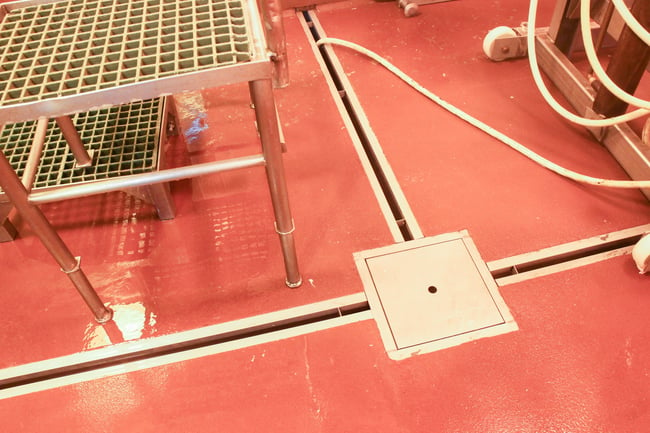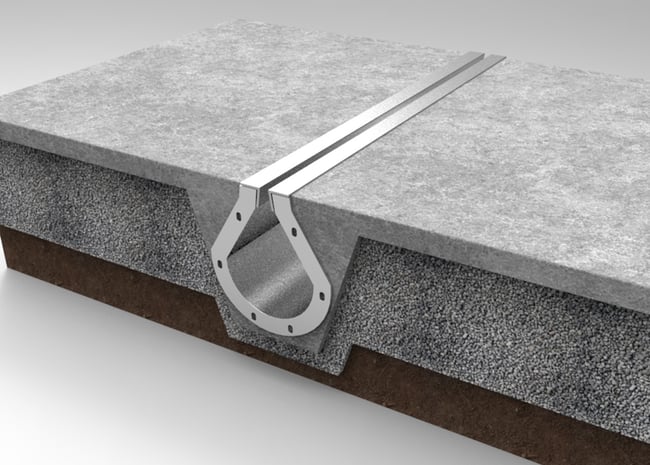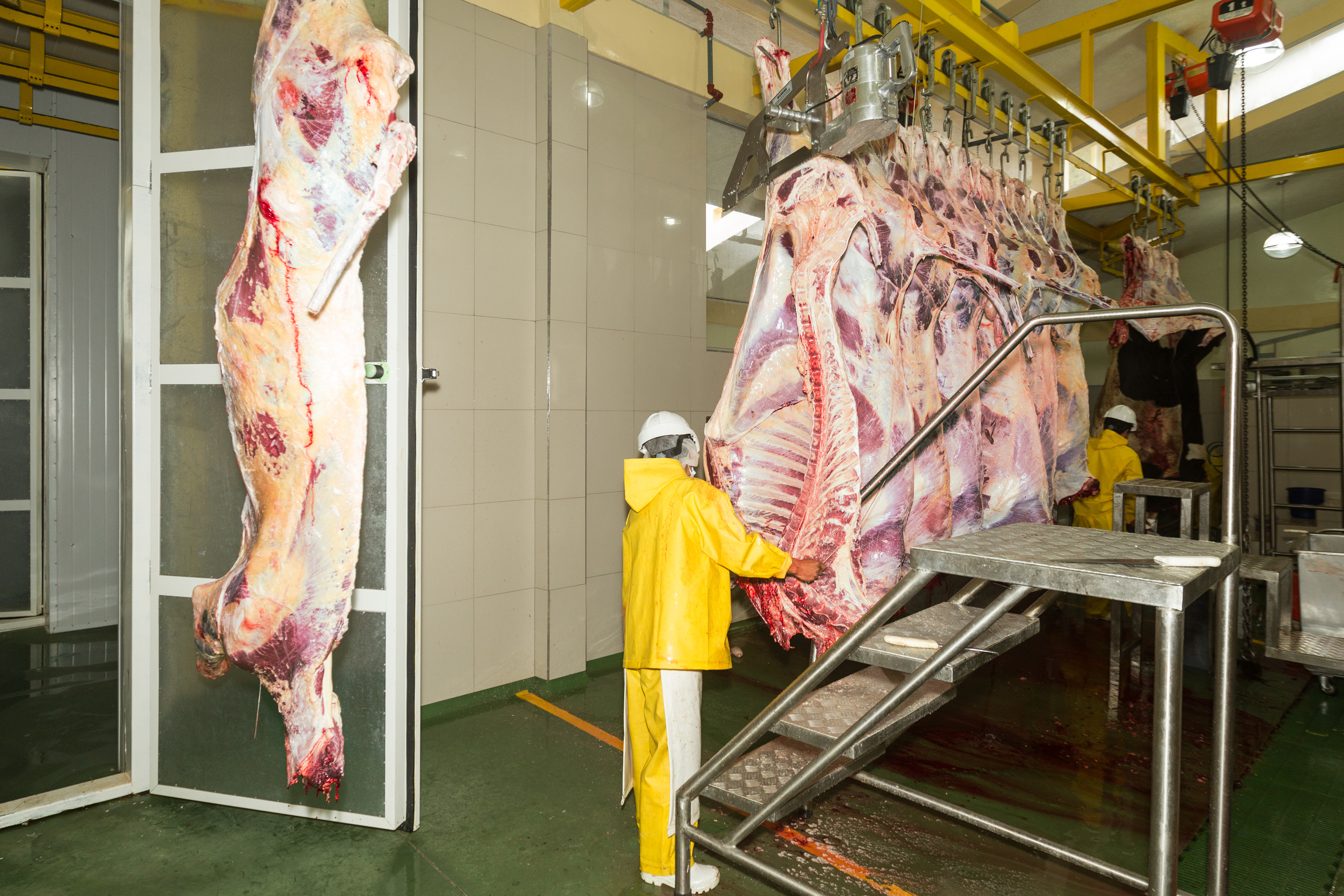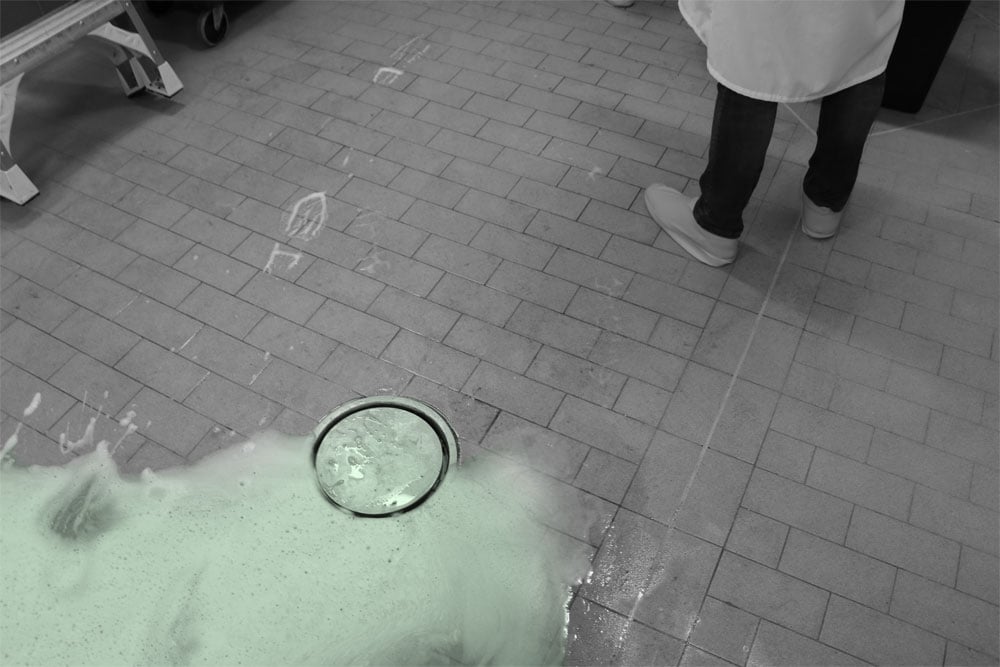School cafeterias are an essential part of any school as they ensure all students get the necessary nutrients to sustain them for a full day of learning. With all the food that passes through a cafeteria, keeping them clean is critical to avoiding pest infestations, wet messes, bacteria growth, and contamination, which can lead to serious health and safety concerns.
Regular cleaning is certainly part of the solution, but installing a reliable cafeteria drainage system is another step. Floor drainage systems are essential for kitchens and cafeterias as they help ensure the space remains safe and sanitary. Here is what you should know about drainage systems in school cafeterias, and how to choose the best one.
WHERE CAFETERIAS NEED DRAINAGE

The kitchen is the main area where floor drainage is necessary, and the right system will help maintain a safe and sanitary environment for kitchen staff. Drains help remove surface fluids and small debris from the surface and into a drain channel, where a catch basin collects the debris and fluids move to an appropriate outlet, like a sewage tank. Keeping wastewater off the floor will minimize messes and allow floors to dry quicker, helping prevent employees from slipping. They also help with minimizing bacteria growth and the chance of pest infestations.
It’s true that most of the cafeteria's messes happen in the kitchen, but they can also happen in the serving and dining areas. Students can drop food and drinks, throw things, and generally make messes of their own. With a floor drain in place, messes can be significantly minimized, which means there is less chance of someone slipping and hurting themselves.
On a similar note, placing separate drainage systems underneath each row of tables is worth considering. Doing so will catch more of the messes and make cleaning at the end of each lunch session much quicker.
WHAT TO LOOK FOR IN A SYSTEM
1. DURABLE
A kitchen floor drain gets exposed to countless things on a day-to-day basis. Salts, alkaline compounds, acidic ingredients, and various cleaning agents can erode a system over time, making a durable drain material essential. The durability of a system also refers to its ability to handle heavy traffic and equipment and the extreme temperatures present in a school cafeteria kitchen.
2. SANITARY
Sanitation is another necessary aspect of school cafeteria drain systems. Like in commercial settings, sanitation is the topmost priority. A system should feature a nonporous, bacteria-resistant material that is easy to clean and can withstand strong cleaning and sanitizing agents. The ideal system should feature a seamless design that does not have any joints to ensure that bacteria cannot become trapped.
3. SAFE
Safety is a top priority for schools. A floor drainage system needs to meet these standards as well. Preventing bacteria growth is one aspect of safety, and a floor drain system should be safe to walk over. There should be no raised edges that can cause employees or students to trip. It is imperative in the kitchen, where employees are more at risk for serious injury if they fall.
4. EASY MAINTENANCE
The goal of a drainage system is to create a cleaner, more sanitary environment. Ideally, that means it would minimize the workload of the janitorial staff. The ideal system should be easy to clean and maintain and feature automated cleaning capabilities like clean-in-place.
HOW A SLOT DRAIN FITS A CAFETERIA'S NEEDS

There are various options for school cafeteria drainage systems. The more traditional trench drain system has long been a popular choice, however, the Slot Drain System from FoodSafe Drains is becoming increasingly popular. FoodSafe Drain's Slot Drain system differs from other drainage options like trench drains in many ways.
The Slot Drain System lays flush with the floors to eliminate any tripping hazards. It’s important to note that the 10,000 Series Slot Drain does not require a drain cover; Slot Drain's slim design eliminates the need for troublesome drain covers. The slim channel opening prevents large objects from entering the system. For small items that may still get past the opening, a catch basin and strainer basket prevent them from going further down the system. This ensures that school staff will not have to pay to fix a clogged system, which saves a great deal in maintenance costs.

The Slot Drain system uses T304 or T316 stainless steel to create a food-safe and bacteria-resistant design. The system also features a seamless, grooveless NSF-certified design to prevent bacteria from accumulating and ensure easier cleaning and sanitation. It also features a custom clean-in-place system that allows for easier, automated cleaning and sanitation. The combination of intelligent design and the addition of a clean-in-place system ensures the janitorial staff does not have to spend hours cleaning the drain every day.
A heavy-duty load class rating also means that the Slot Drain can handle the heavy equipment and traffic that comes with a school cafeteria, so breaks and damage are not a concern.
FIND THE BEST DRAINAGE SOLUTIONS FOR A SCHOOL CAFETERIA WITH FOODSAFE DRAINS
School cafeterias deserve the same attention you would give an industrial or commercial kitchen. These spaces require a safe and practical layout that is sanitary and easy to maintain, and one crucial part of that is installing a reliable floor drainage system. For school cafeteria kitchen floor drainage, specifications are the same as their commercial counterparts; sanitation is one of the key features.
The Slot Drain System from FoodSafe Drains is a sleek, reliable system that meets all the necessary safety standards. Contact FoodSafe Drains today to learn more.


